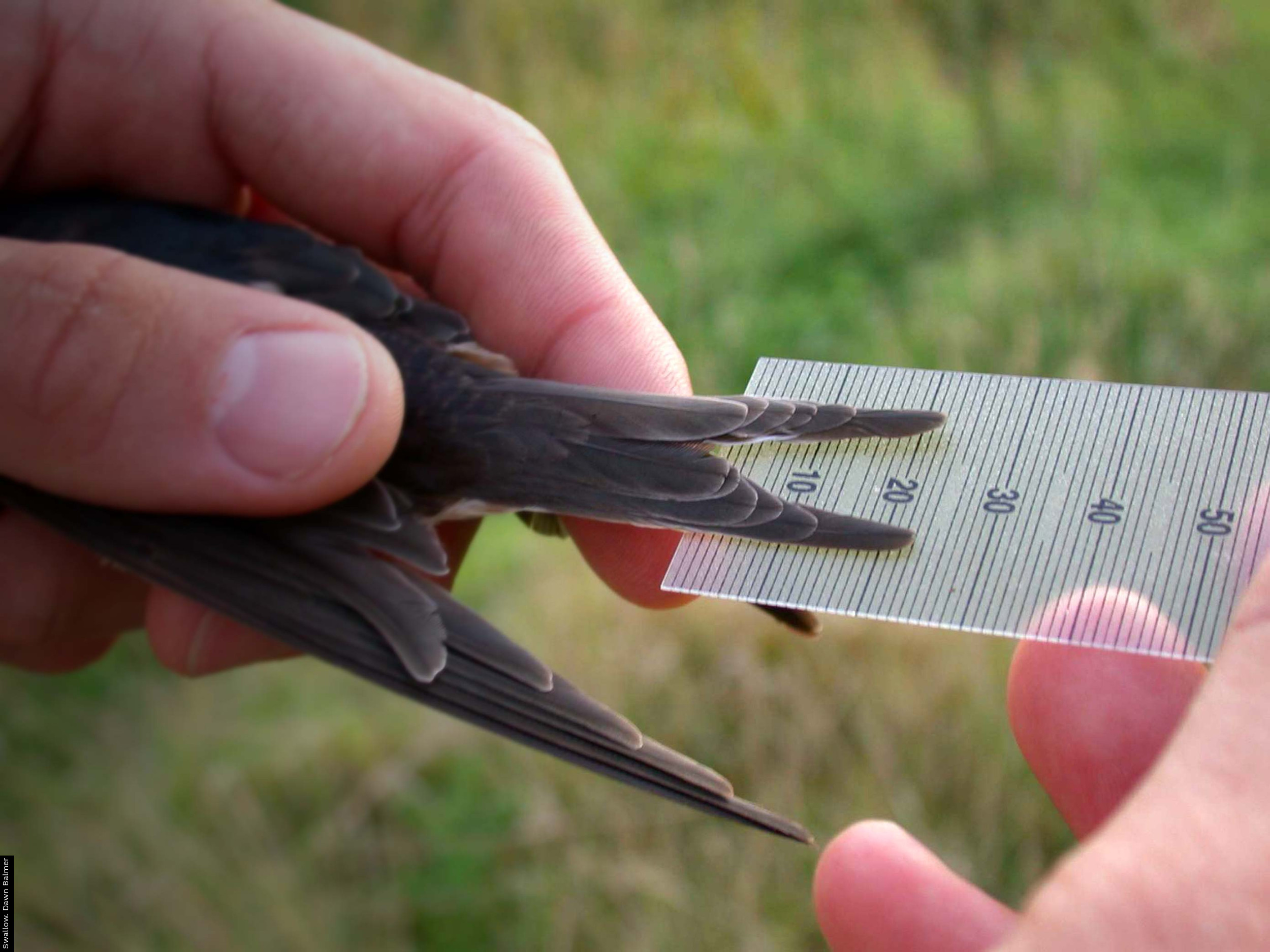Taking part
The Winter Ringing Project can be carried out at any site, regardless of habitat. The project is primarily focused on mist-netting, as standardisation of effort using other techniques is less straightforward, but we are happy to discuss this further with anyone wishing to take part by e.g. whoosh-netting. Ideally a site would need to catch a minimum of 200–300 birds (across all species) per winter period.
As with standard CES protocol, the number of nets used and the length of time that they are open is at the discretion of the ringer, but must remain constant within and between winters. While the standard CES protocol asks participants not to provide food, provision is clearly fundamental to many winter ringing activities and is permitted for the purposes of the project. Standardisation is crucial to ensure that catches are comparable between years, so we do ask that substantial changes to the type or amount of food provided are avoided.
Participants are asked to refrain from the use of sound lures during Winter Ringing Project ringing sessions as these are known to bias catches towards juveniles and age ratios are likely to provide one of the most useful project outputs.
Capture effort
The Winter Ringing Project runs between November and February and sites should ideally be operated at least once per fortnight, totalling eight sessions over the survey period. As with CES, the analyses can cope with the occasional missed visit, so this isn’t don’t be overly concerned if this happens.
All nets should be operated during all sessions, with the timing and duration when nets are open consistent between visits and between years. Sites can be visited more than once per visit period and the first suitable visit will be selected for analysis. However, catches may be impacted if nets are operated on consecutive days, so with this in mind, try to ensure that at least one session per visit period is preceded by a gap of at least three days where no ringing has taken place at the site.
2024/25 Visit periods
The visit periods for 2024/25 are as follows:
|
Visit number |
First date |
Last date |
|
Visit 1 |
2 November |
15 November |
|
Visit 2 |
16 November |
29 November |
|
Visit 3 |
30 November |
13 December |
|
Visit 4 |
14 December |
27 December |
|
Visit 5 |
28 December |
10 January |
|
Visit 6 |
11 January |
24 January |
|
Visit 7 |
25 January |
7 February |
|
Visit 8 |
8 February |
21 February |
Data collection
Among the usual ringing data collected, there are several key parameters which would be of particular interest to record:
- Age. This allows generation of both age-specific survival rates and age ratios.
- Recording the extent of post-juvenile moult, particularly the number of old greater coverts (OGCs) for relevant species. This can also provide useful information about the preceding breeding season.
- Wing and weight measurements, alongside fat and pectoral muscle scores, which allows annual variation in body condition to be assessed.
- If artificial food is provided, this should be recorded under ‘Lure Codes’ in DemOn or ‘Act codes’ in IPMR.
Registration
At present, there isn’t a formal registration process for the project, but we do require some basic information to allow us to extract your data for analysis at the end of the season. If you would like to take part in the project, please email the details below to ringing.projects [at] bto.org
- Your name and permit number
- The permit number of the ring owner (whether an individual or a Ringing Group)
- A list of DemOn Location Codes or IPMR Place Codes of the site/sites you want to register. Please see here if you need help identifying the relevant DemOn Location Code.
Data extraction
Ringing data from Winter Ringing Project visits should be submitted as normal with other ringing data; there is no need to provide a specific data submission or any visit data. Data from the most appropriate ringing session within each visit period will be extracted directly from the database for analysis.










Share this page